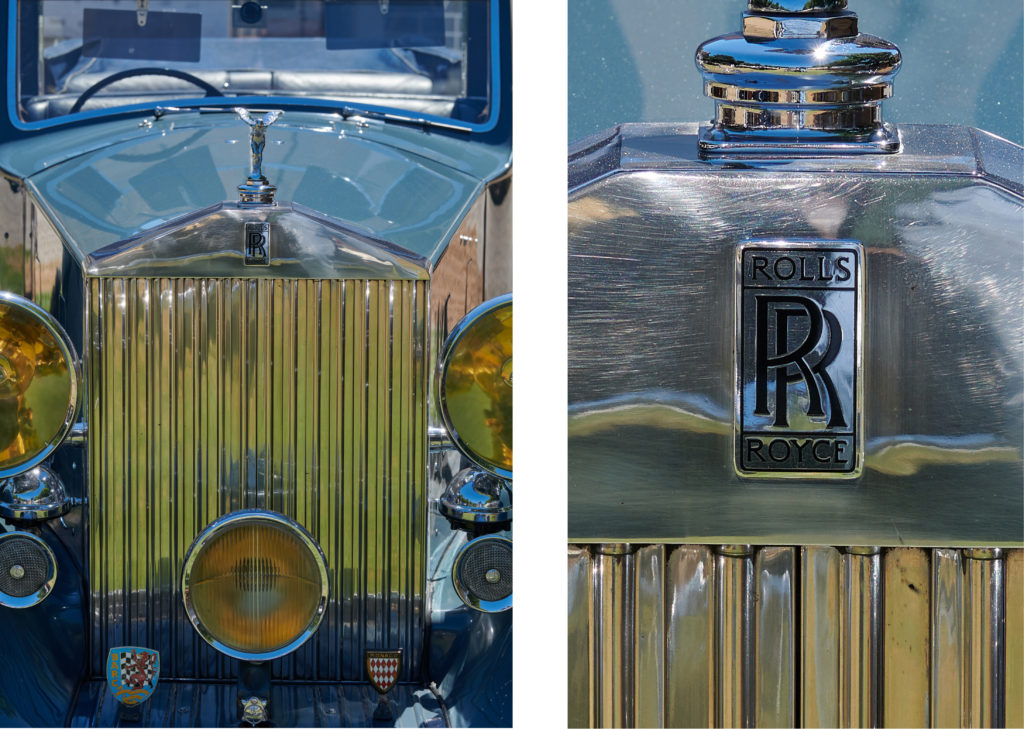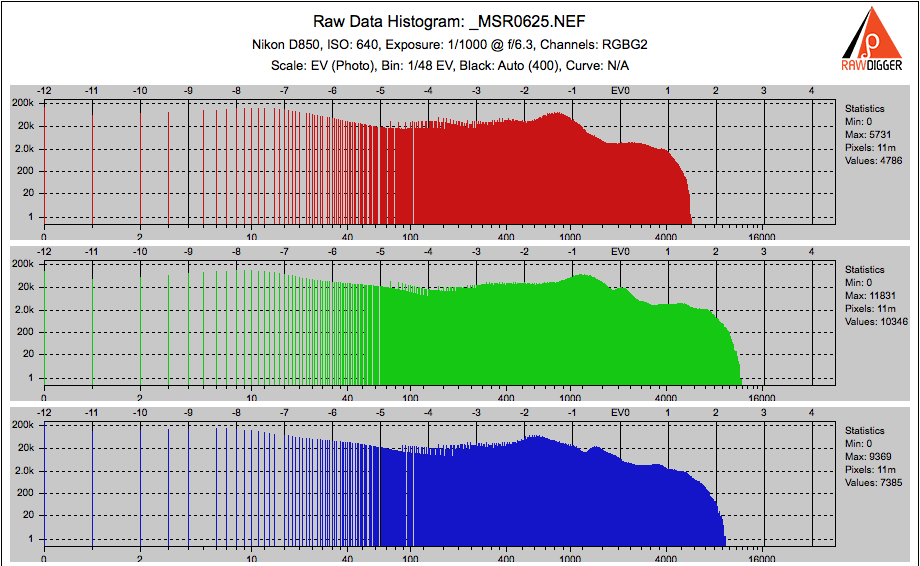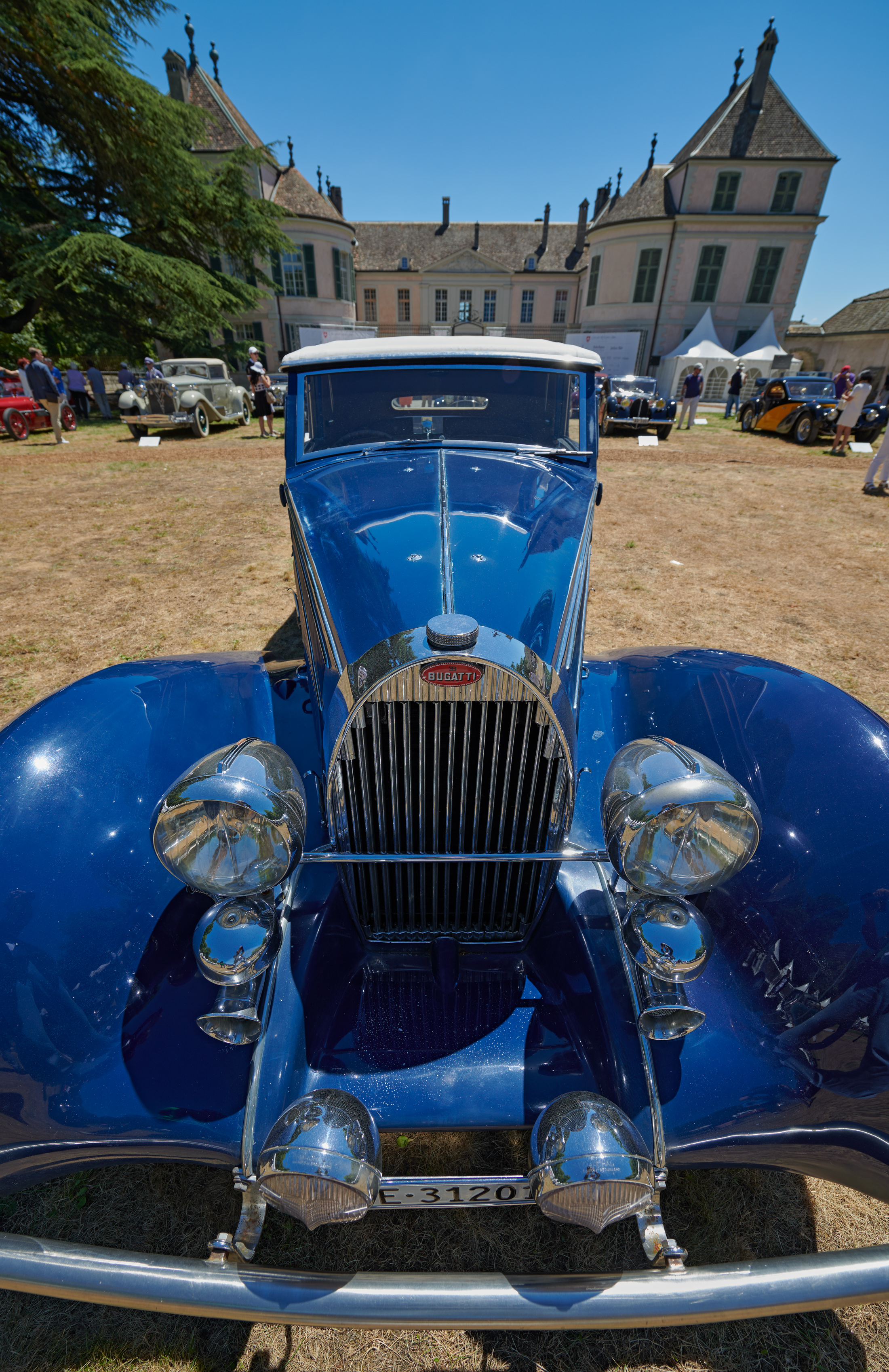
Under a far too bright sun (from a photographer’s point of view), the classic car competition “Concours d’Elegance Suisse” at the Château de Coppet attracted 85 historic cars classified in 15 categories, all defined by a Jury that is also involved in the Concorso d’Eleganza Villa d’Este in Italy and the Pebble Beach Competition in the USA.
While the 60th anniversary of the legendary Aston Martin DB4 and the Ferrari 250 GT Coupe Pininfarina were celebrated by two dedicated classes, the exhibition also included gems such as the Hispano Suiza H6B, Delage D8-120, Bugatti Type 57 S, and the Mercedes-Benz 500K, among others.
This event was a good occasion to bring out my new Nikon D850. Shiny cars in the bright sun are indeed a torture test for the camera’s dynamic range. Judged in many reviews as perhaps the best (last) DSLR on the market, it is surprising that the D850 is still not on stock everywhere. And with the recent QA problems, I had to wait until I could test the flange and sensor alignment in the shop – before pulling out the credit card.
As extensive reviews on the D850 are already available, I will only briefly mention the points why I consider this camera a worthy upgrade. The D850 features more mega-pixels (45 instead of 36) without degradation of the dynamic range, compared to the D810, which was already class-leading in this respect. And you win on acutance, it’s very subtle, but visible. This may be related to the better implementation of the electronic first curtain shutter or simply to the higher pixel count. There is no improvement in the perceived detail, so we are indeed limited by the lens resolution. With the standard profile in Capture One, the images have the best color balance I have seen so far, less saturated and almost perfect in the hue angle; compared to my D810, Olympus OM-D, and my wife’s Sony RX-10.
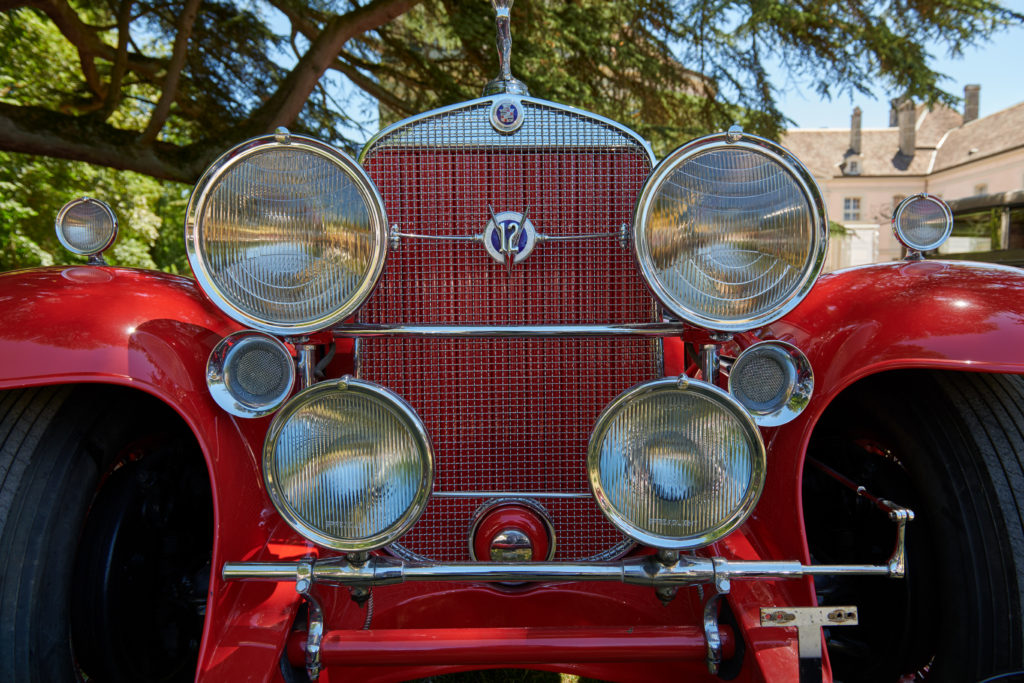
The D850 has a touch-sensitive screen that tilts around the camera’s horizontal axis. Its resolution is largely improved, which comes in handy for critical focusing with manual-focus lenses. Moreover, Nikon have implemented focus peaking, which speeds up finding the right plane of focus when using tilt/shift lenses.
There is also a better implementation of the electronic front curtain (EFC) shutter and a fully electronic shutter option in live view. Why this is called quiet and silent shooting is beyond me. Do the salespeople at Nikon believe that their high-end customers don’t know what an electronic shutter is? As a matter of fact, I had to set the exposure time to one second, take off the lens and look inside the camera body to understand what the camera is actually doing. The booklet that comes with it is useless in this respect.
The EFC mode only works in the Q (Quiet) and MuP (Mirror up) modes and not, by default, with the exposure delay mode (even when enabled on the custom shooting bank). On the D810, using live view with a hood loupe, you had to use MuP and press the shutter twice to avoid the mirror flapping down and up again; this defeated the idea of reducing vibrations with the EFC all-together. This is now better implemented in the Q mode.

Fully electronic shutter works in live view only, although there is no compelling technical reason why this cannot be combined with MuP and a shutter delay when shooting from a tripod. My default setting when shooting from a tripod is, therefore, EFC with 3 seconds delay in the Q mode. When enabling the silent shooting mode (fully electronic shutter), you have the choices between SL1 and SL2. The camera menu gives no hint to what the difference is; with SL1 you can shoot full-res photos up to 6 fps while SL2 switches to DX mode with burst rates up to 30 fps at jpeg medium resolution; a useless option, IMHO, high burst rates make sense only for action, but this is precisely where a fully electronic shutter is problematic (rolling shutter artefacts).
Live view is nevertheless much better implemented on the D850. Once live view is enabled, the mirror stays erect as you take your “silent” photos, and even as you jump in and out of menus. Remember to toggle the OK button for an exposure preview and histogram; a standard in the mirrorless world that reduces the amount of shimping. Another advantage is that you can use the touch-sensitive screen for enabling autofocus. For a back-button focus user, it’s not always ergonomically easy to use the AF button while your camera is on a low level, pointing upwards.

The D850 comes with a higher-capacity battery, compatible with the older EL-EN15 batteries of the D800/D810 series. Another improvement is the focus-lever joystick that can be combined with AF-ON for the back-button focusing. Here again, I had to check out some YouTube videos on how to do that. Have I said that the booklet is useless?
Another nice feature that requires some experimenting, is focus stacking*. My default setting, having A2 prints in mind as the final output, is on step size “1” and fully electronic shutter. In this way you need no shutter delay for vibration reduction and be done before the light changes**. You start by focusing on the nearest point and let the camera do the rest. It would be useful if we were able to define the furthest focal plane, because the camera always racks the lens beyond infinity, which may result in a large number of useless images.
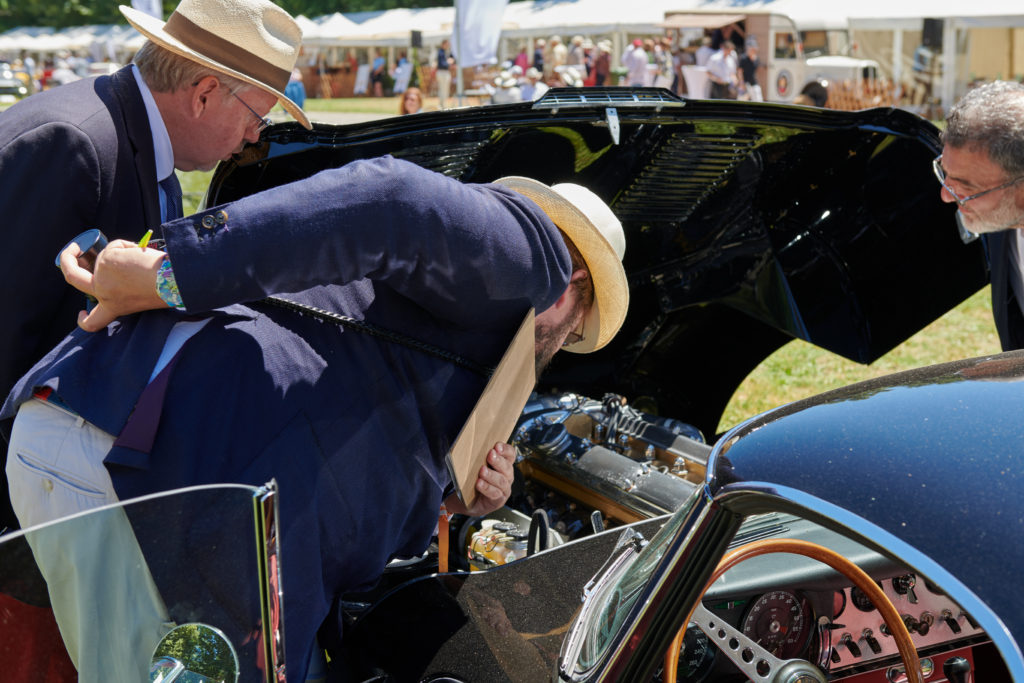
On the downside, there is no pop-up flash: I didn’t use it much but it could become handy for triggering a remote flash without a transmitter or sync cable.
Moreover, the implementation of the shooting banks is still awkward; it’s actually a step back from the D810. What I really want is a user-defined, default group of settings that the camera returns to after a user-defined time span. Nothing is more frustrating than grabbing your camera and discovering that you are shooting with the settings from the night before, including ISO 6400. The info screen (showing the main settings on the main screen) is not touch sensitive as, for example, on the Olympus OM-D. With the Olympus implementation I didn’t find the need for defining shooting banks at all.
Nikon has also displaced the ISO button to the right-hand side, which makes it difficult to change to auto ISO (pressing the button with the index finger and turning the front wheel). Using both the D810 and D850 cameras, I keep pressing the (now) mode button located at the position of the D810’s ISO setting.
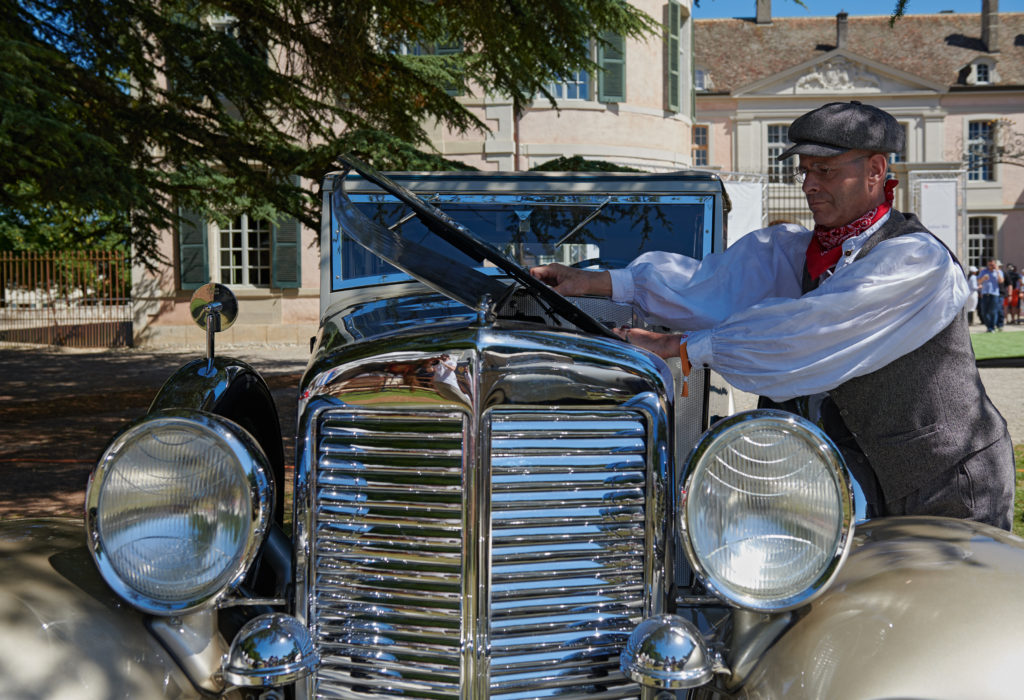
Because of the tilting screen (perhaps) they have also displaced the tripod-mounting thread, which makes the D850 incompatible with the D800/D810 L-brackets and its battery grip (although the shapes of the bottom plates are identical). The only L-bracket, currently available for the D850 is built by RRS, which is well machined and comes with a built-in Allen wrench, but it is also expensive and not easy to procure in Europe.
At the beginning I was also upset about the additional expense for the XQD cards, they are currently only available from Sony; this also requires a ($ 60 Sony) card reader, that isn’t compatible with USB-C, so you must carry yet another dongle. But the read and write speed of 440/400 MB/s made me change my mind comparing this to the 80 MB/s of the UHS SD cards. I now use the XQD as the primary slot for fast downloading on the PC and the SSD as the backup while travelling.
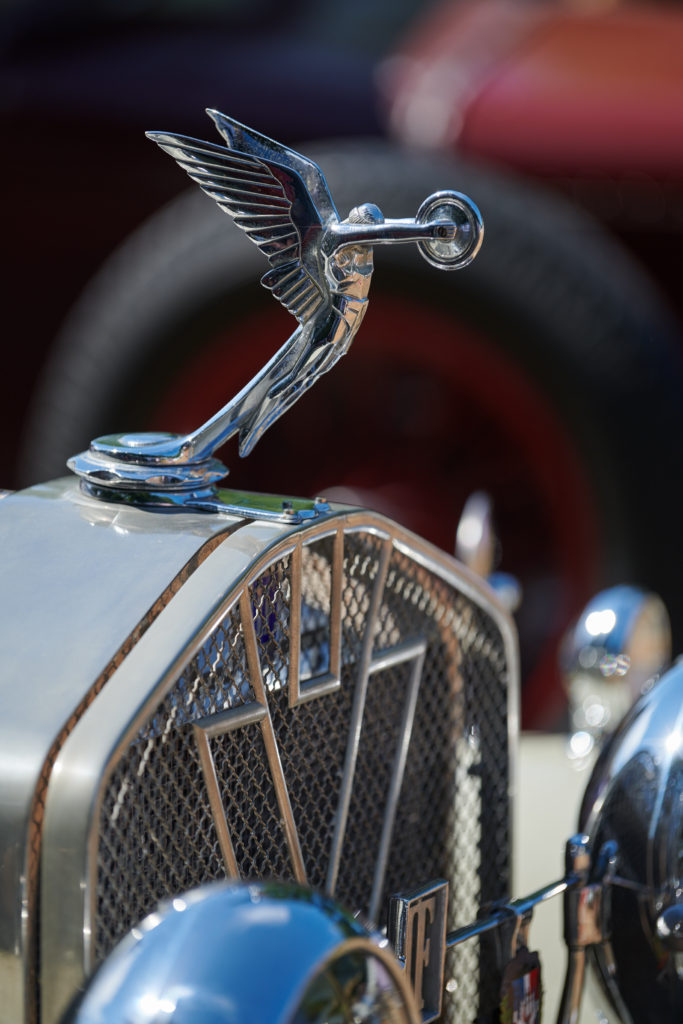
The results obtained so far, give me the confidence that I am not riding a dead horse (shooting with a DSLR). For an upcoming trip to the geographic north pole, I needed a second body and couldn’t wait for the Nikon mirrorless options. Besides, give us in-body stabilization and there is hardly any need to get rid of the mirror.
And sometimes it is fun to own and use something classic. The cars in of the Concours d’Elegance are a case in point. But then, perhaps, I should have taken my Nikon F2 with a nice role of film. SR
All the images were shot with the D850 and the holy trinity of 2.8 zoom lenses. Handheld; you don’t want to fiddle with a tripod when the paint of the exhibits are worth more than your entire car.
*Called focus shift by Nikon, in an abuse of notation, as usually focus shift denotes the undesirable change of the focus plane when stopping down the lens.
**About 6 seconds are enough to see harsh shadows of columns move between shots, so I am not even talking about a cloud motion.
